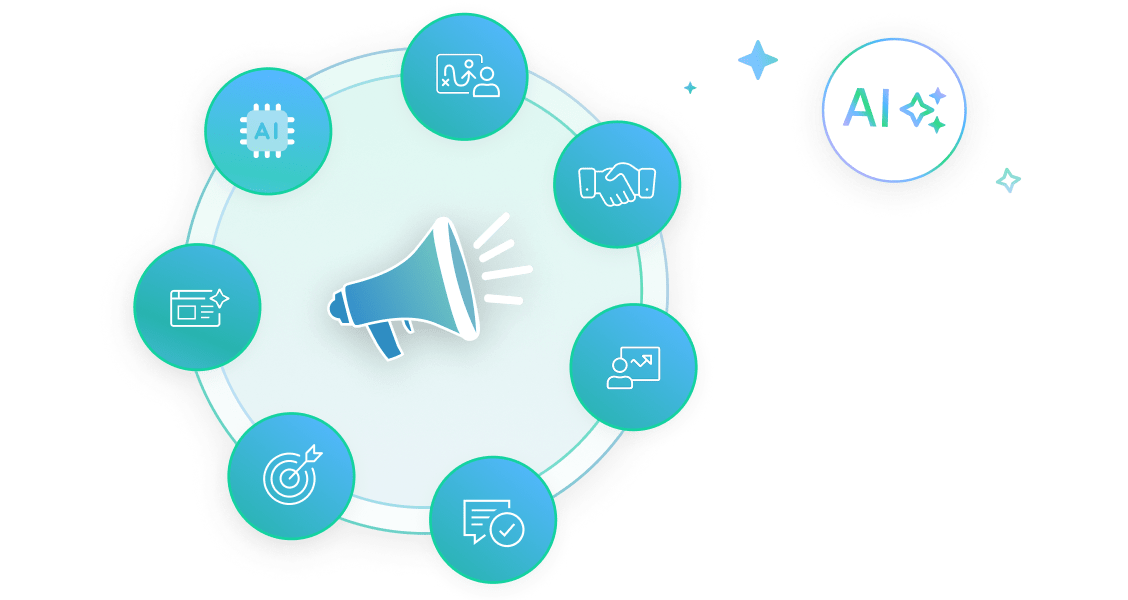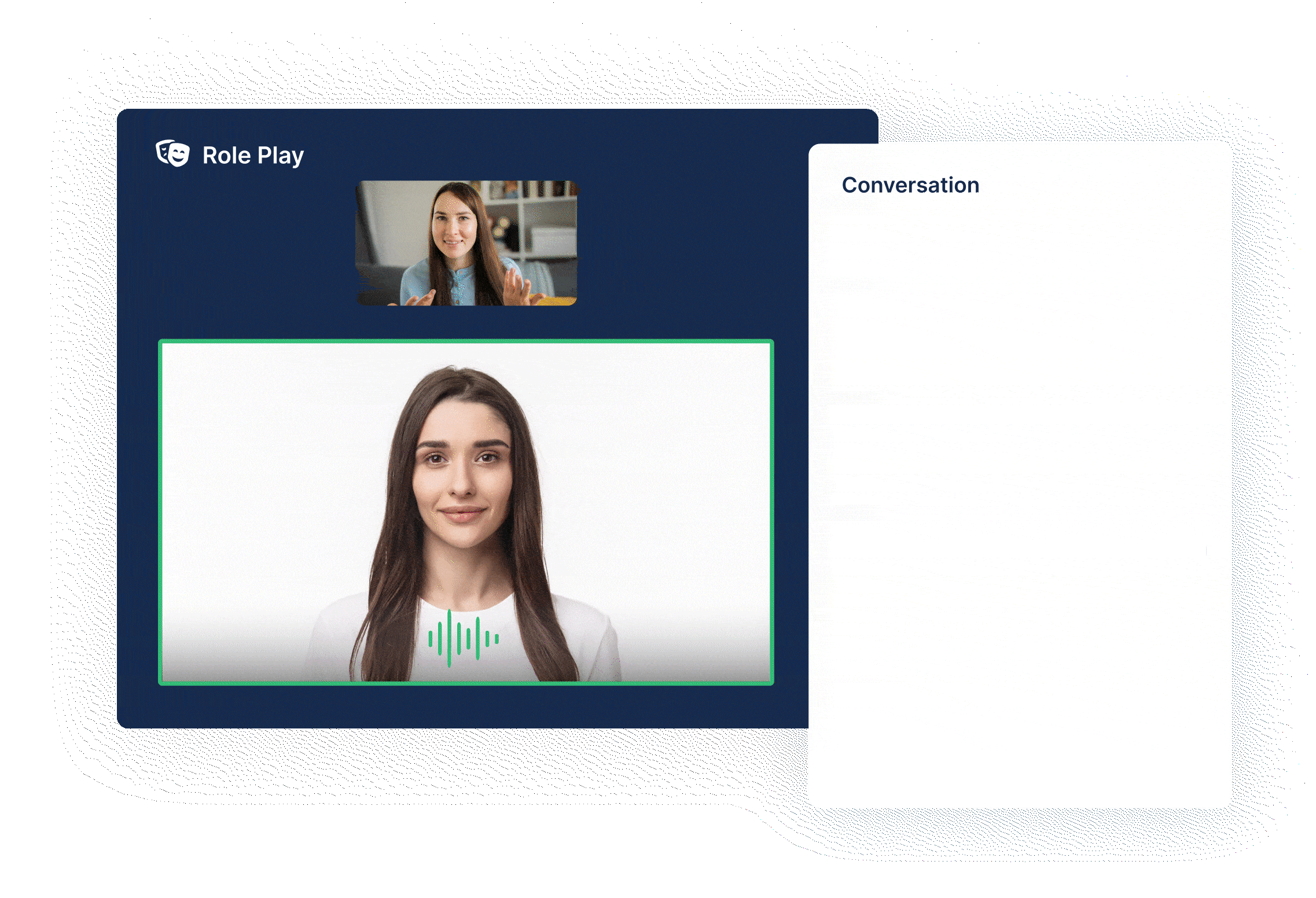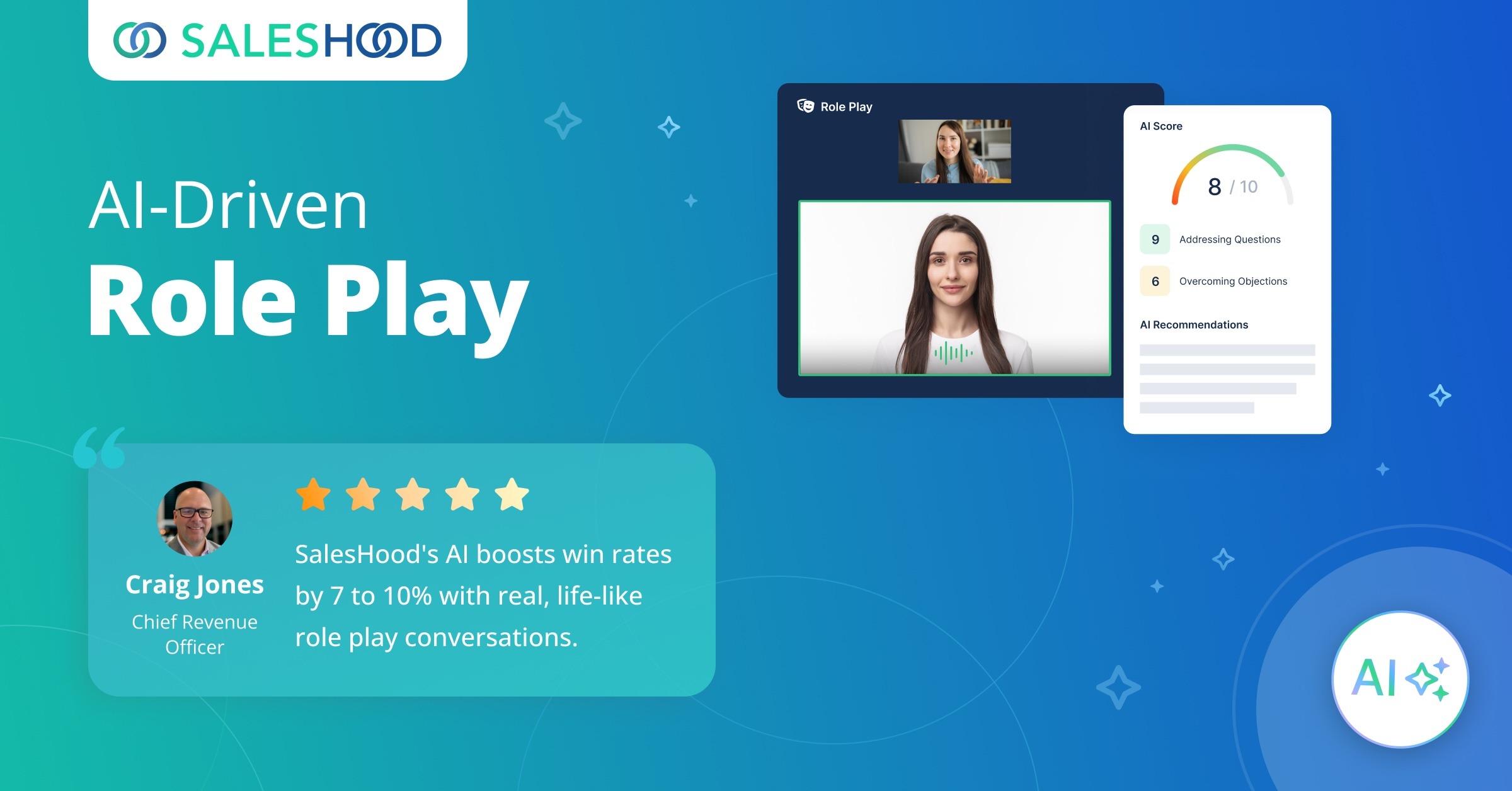In the world of sales, objections are inevitable. But here’s the secret: objections aren’t roadblocks—they’re opportunities. High-performing sales professionals don’t just overcome objections; they embrace them as essential steps in building trust and understanding with their customers. Let’s dive into the key principles of objection handling and how you can turn customer hesitations into deal accelerators.
Follow the C.L.E.A.R objection handling best practices to master sales.
✅ Confront and clarify early – Address common concerns before they arise.
✅ Listen and understand – Dig deeper to uncover the true hesitation.
✅ Empathize and validate – Acknowledge concerns to build credibility.
✅ Answer with proof – Use customer success stories to reinforce responses.
✅ Realign and confirm – Verify responses resonates and ask if there are more.
1. Confront and clarify objections early: Address common concerns before they arise.
Embrace objections. Be Proactive: Get objections out early and often. Objections are a natural part of the sales process. Instead of fearing them, welcome them with open arms. As Elay Cohen, author of Enablement Mastery, says, “The best salespeople see objections as a signal that their customers are engaged and willing to have a conversation.” Each objection is an invitation to dig deeper and uncover what truly matters to your customer. It’s a chance to demonstrate your expertise and build credibility.
Don’t wait for objections to arise late in the sales process. Proactively surface them early. This approach allows you to address concerns before they become blockers. For example:
- “What questions or concerns do you foresee as we move forward?”
- “What challenges might prevent this from being a good fit for your team?”
Proactive objection handling builds trust and signals to your customer that you’re invested in their success.
2. Listen and understand: Dig deeper with questions to uncover the true hesitation
The key to handling objections is curiosity. You can’t address an objection until you fully understand it. Ask open-ended questions to uncover the root of the concern. For example:
- “Can you share more about what’s driving that concern?”
- “What would make you feel more confident in this decision?”
“Curiosity is the foundation of great discovery,” Cohen reminds us. When you’re genuinely curious, you show your customer that their needs and concerns are your top priority.
3. Empathize and validate: It’s About Them, Not Us.
As sales professionals, it’s easy to fall into the trap of focusing on our products, our features, and our goals. But successful objection handling starts with a customer-centric mindset. Ask yourself: What does my customer need to feel comfortable moving forward? By focusing on their perspective, you’ll be better equipped to address their concerns in a meaningful way. Acknowledge concerns to build credibility.
4. Answer with proof: Respond with credibility and data
When handling objections, words alone aren’t always enough. Buyers need reassurance that your solution truly works. That’s where proof comes in.
Instead of just stating that your product solves their challenge, back it up with data, success stories, and real-world examples. Here’s how:
- Use relevant metrics – Share measurable outcomes like revenue growth, time savings, or increased efficiency.
- Leverage customer success stories – Highlight similar companies that faced the same objection and saw success.
- Showcase testimonials – Let happy customers speak for you with quotes or case studies.
- Provide third-party validation – Industry reports, analyst reviews, and awards add credibility.
By reinforcing your response with proof, you turn skepticism into confidence—helping buyers see the real value of your solution. By following this step, you’ll also become a trusted partner. Trust is a top value of a successful salesperson.
5. Realign and confirm: Ensure alignment before moving forward
Never Assume: Regularly Check In with Your Customers. The needs and priorities of your customers are constantly evolving. That’s why it’s critical to never assume you fully understand their concerns. Instead, make it a habit to check in regularly.
6. Practice with AI Role-Playing
Objection handling is a skill that improves with practice. One of the most effective ways to refine this skill is through AI-powered role-playing tools. These platforms simulate real-life sales scenarios, enabling sales professionals to practice responding to objections in a safe environment.
- Real-Time Feedback: AI tools can provide instant feedback on tone, language, and response effectiveness.
- Customizable Scenarios: Tailor practice sessions to reflect specific customer objections you’re encountering.
- Repetition Builds Confidence: The more you practice, the more natural and confident your responses become.
As Cohen emphasizes, “Preparation and practice are what separate good salespeople from great ones.” By leveraging AI role-playing tools, you can continuously sharpen your objection-handling techniques and stay ahead of the curve.
Final Thoughts
Objection handling isn’t about pushing past customer concerns—it’s about addressing them with empathy, curiosity, and a customer-first mindset. By embracing objections, asking the right questions, and staying proactive, you can turn objections into opportunities to deepen relationships and drive better outcomes.
So, the next time a customer voices an objection, remember: it’s not a “no,” it’s a chance to demonstrate your value and build trust. That’s what separates high-performing salespeople from the rest.
Are you ready to elevate your sales game? Let’s tackle those objections together and close deals with confidence!




